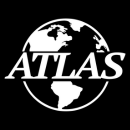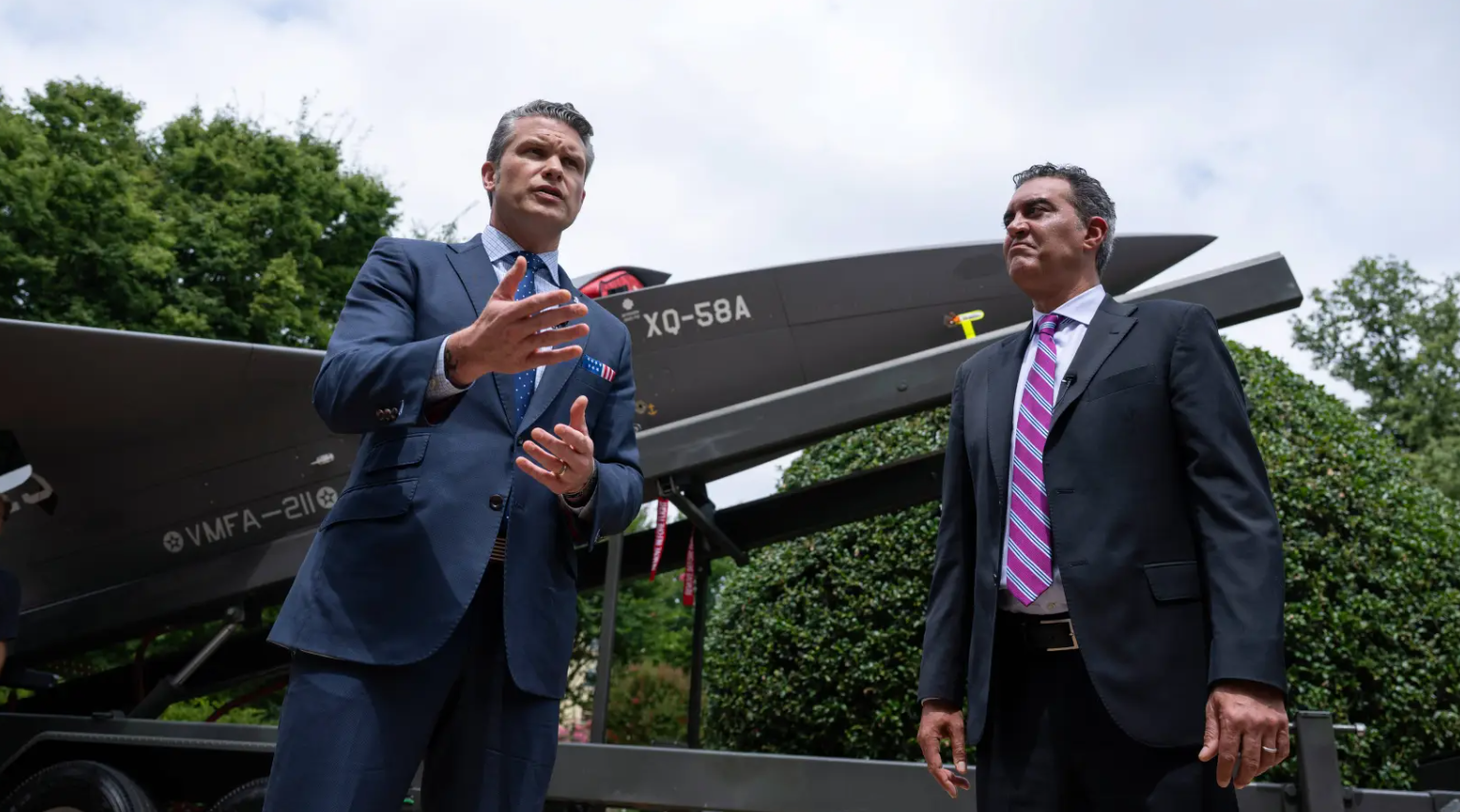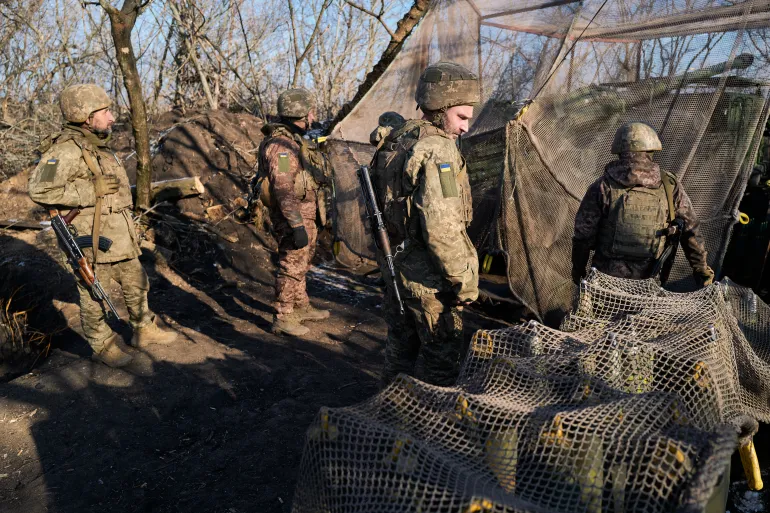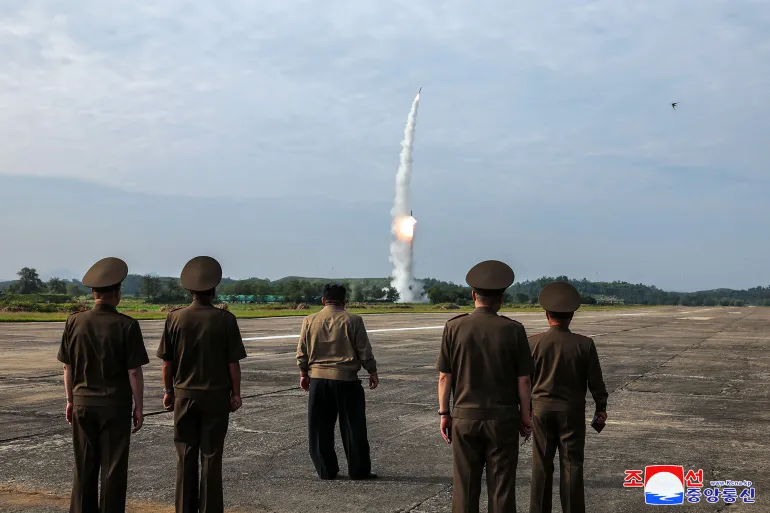Executive Summary:
Germany is encouraging Canada to join a joint submarine effort aimed at strengthening NATO’s presence in the North Atlantic, a region newly central to alliance planning as Russian undersea activity grows. Canada, which has pledged to replace its aging submarine fleet, is weighing options from several allied shipbuilders while Iceland’s location at the gateway to the Arctic makes it a quiet but critical piece of the puzzle.
The pitch from Berlin
Germany’s defense minister, Boris Pistorius, has signaled he wants Canada to partner on a submarine program that builds on Berlin’s push for closer NATO defense industrial cooperation. The obvious starting point is the German-Norwegian Type 212CD project, a next-generation, air-independent propulsion submarine designed for the cold, complex waters of the North Atlantic. Norway has ordered four boats and Germany two, with deliveries stretching into the 2030s. Bringing Canada into a compatible framework would align training, maintenance, and supply chains across key NATO navies and reinforce patrols through the Greenland–Iceland–UK (GIUK) gap, where Russian submarines pass into the wider Atlantic.
Nothing is signed. Canada’s procurement officials have been sounding out the global market for several years under the Canadian Patrol Submarine Project, talking to European and Indo-Pacific builders about conventionally powered submarines with greater range, stealth, and endurance than Canada’s current boats. A German offer would compete against proven designs from Sweden, France, South Korea, Japan, Spain, and Italy. The draw with Germany is access to an existing multinational program built for the same waters Canada cares about, plus the political upside of tighter transatlantic defense ties.
Why Canada is shopping for subs
Canada’s submarine fleet—four Victoria-class boats acquired used from the United Kingdom in the late 1990s—has delivered valuable intelligence and deterrence, but with long maintenance cycles and low availability. Ottawa has committed to replacing them. The government’s 2024 defense policy update said Canada will pursue options for a conventionally powered fleet “capable of operating in the Arctic,” reflecting a wider shift as warming seas open northern routes and raise the stakes for undersea surveillance.
Submarines matter because they’re the one asset that can quietly watch choke points, track foreign vessels, and safeguard undersea infrastructure such as cables and pipelines. For Canadians, the choice will touch everything from national security to jobs. A domestic build or deep local sustainment could feed skilled work at Pacific and Atlantic shipyards for decades, while an overseas build with Canadian content might bring a faster delivery but fewer industrial benefits. Either way, this is a multi‑billion‑dollar, multi‑decade commitment, and the first new submarines would not arrive for years. That means life-extension work to keep the Victorias running into the 2030s, and careful coordination with other big-ticket programs like the new P‑8A Poseidon patrol aircraft that Canada has already ordered to replace its Auroras.
Iceland’s quiet centrality
Iceland doesn’t have a military, but it sits on one of the most important pieces of real estate in NATO: the GIUK gap. The alliance’s maritime patrol aircraft, including U.S. P‑8s, operate from Keflavik to watch the North Atlantic, and Icelandic authorities help manage radar, air policing, and maritime safety across a vast stretch of ocean. If Canada buys new submarines designed to prowl these waters, they will be part of the same surveillance and anti-submarine network that Iceland underpins. That matters to everyday life more than it sounds. A significant share of transatlantic internet traffic and global trade relies on cables and shipping lanes that pass through the North Atlantic; safeguarding them is about keeping bank payments, phone calls, and supply chains functioning.
The broader NATO trend
This story fits a larger pattern. Since Russia’s full-scale invasion of Ukraine, NATO allies have been refocusing on the Atlantic and High North. The alliance has rebuilt its Atlantic command structure, stepped up exercises across the GIUK gap, and devoted more attention to critical undersea infrastructure after the 2022 Nord Stream pipeline blasts. Russia’s modern cruise‑missile submarines are more capable and quieter than their predecessors, raising the bar for detection and deterrence. For Germany, courting partners like Canada spreads costs and standardizes equipment. For Canada, choosing a widely used allied design could shorten timelines, ease training, and ensure better interoperability with neighbors already patrolling the same waters
Keep an eye on when Canada moves from market research to a formal competition with clear requirements for range, endurance, and “under‑ice” operations. Watch which manufacturers line up with credible industrial plans for Canadian sustainment, and whether any government‑to‑government framework emerges with Germany and Norway that offers economies of scale. On the operational side, expect more joint NATO exercises threading through Iceland’s air and sea lanes and closer coordination on protecting cables and energy infrastructure. The takeaway for readers is simple: the submarine Canada chooses will shape how securely goods, data, and people move across the Atlantic for a generation, and it will tie Canadian sailors and industries more tightly into an allied network designed to keep the North Atlantic calm, even as the geopolitics around it churn.















Discussion